The best way to shade a pergola
You will have a pleasantly cool space and sufficient privacy in a well-shaded pergola. Shading will protect you not only from strong sunshine but also from rain and gusts of wind. Among the most popular solutions are external textile screens, awnings, sunbreakers or climbing plants such as ivy or Virginia creeper.
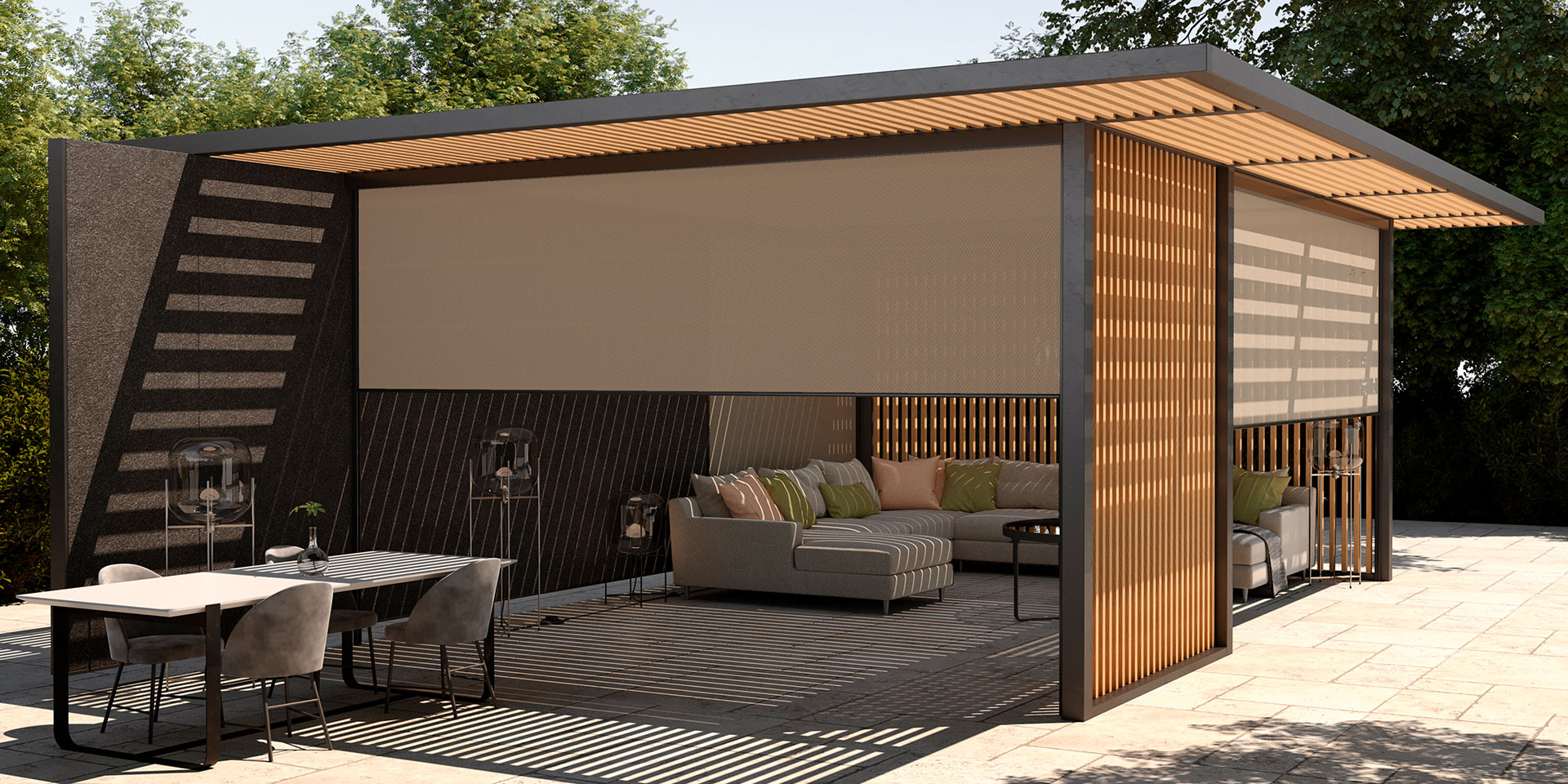
Types of pergola shading
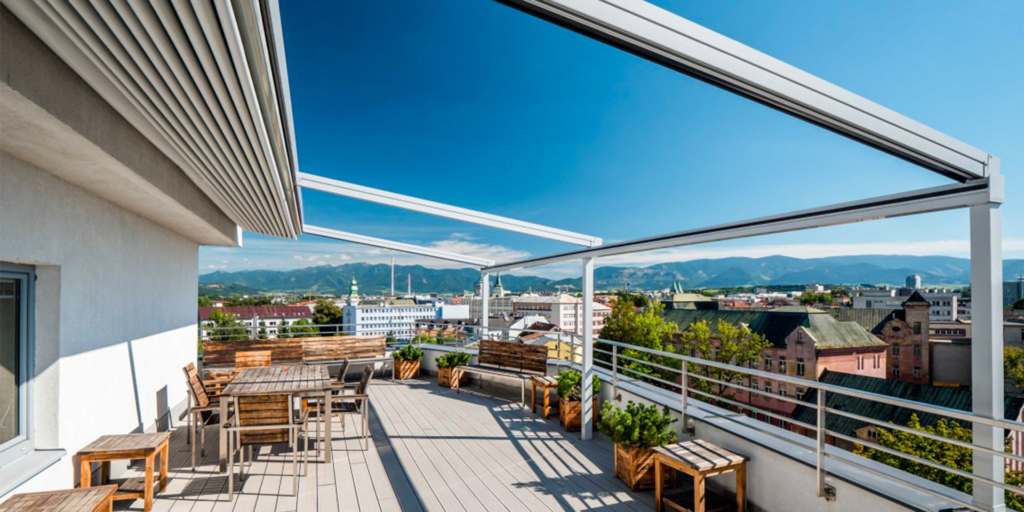
Awnings
Awnings are the simplest means of shading for outdoor terraces, winter gardens and pergolas. They will protect you from strong sunshine and even mild rain. They can also be installed later. They are installed straight on the pergola structure, either above or under the roof.
Canopies
They are usually mounted directly under the glazed or horizontal roof of the pergola. With their appearance they resemble, for example, Roman blinds and are controlled using a crank, cord or electric motor.
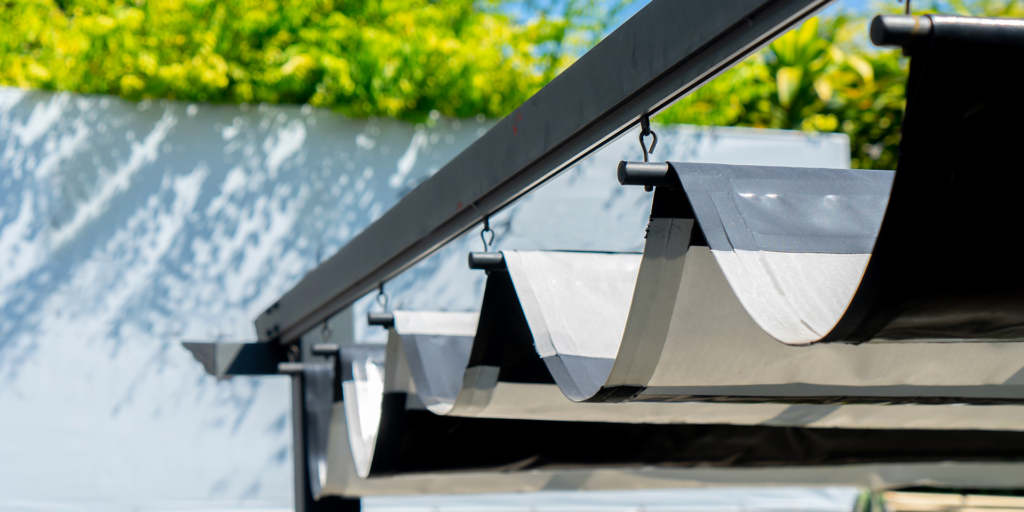
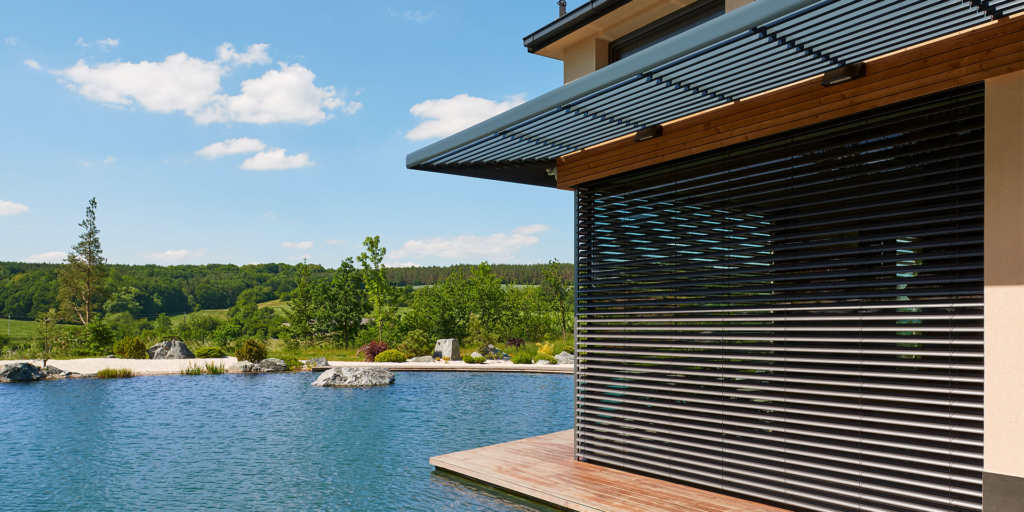
Sunbreakers
Climbing plants on the terrace are one of the most beautiful and environmentally friendly solutions. Use grapevine, ivy or Virginia creeper. A green roof or wall will maintain a pleasant climate for you but you must take care of it – prune and water the plants, and clear fallen leaves.
In summer, blossoming trees will cool down the space next to the terrace and partly protect you from rain as well. Shrubs, in turn, give you privacy.
Natural shading and orientation of the pergola to the cardinal directions
Climbing plants are one of the nicest options. You can shade your pergola with grapevine, Virginia creeper or ivy. Greenery creates a pleasant atmosphere and healthy air. However, it is more demanding in terms of maintenance – you have to prune and water the plants and clear fallen leaves.
If you are planning to build a pergola and are thinking where to install it, use trees and plants on your plot as natural shading.
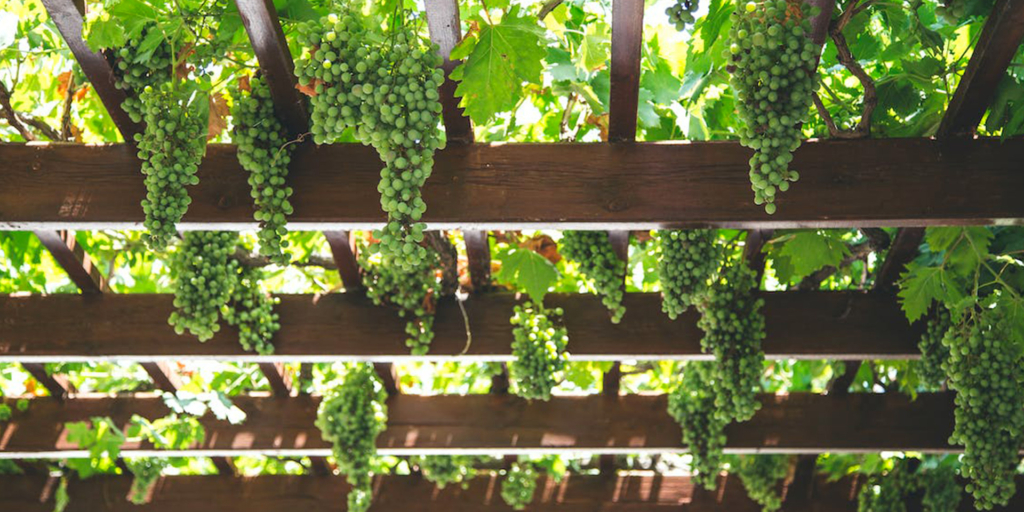
External roller shutters for a pergola
They provide privacy, can block strong sunshine and you can hide behind them from rain and wind as well. Textile screens are popular in particular, but you can also choose classic roller shutters made of aluminium or eco-friendly materials such as bamboo and reed.



